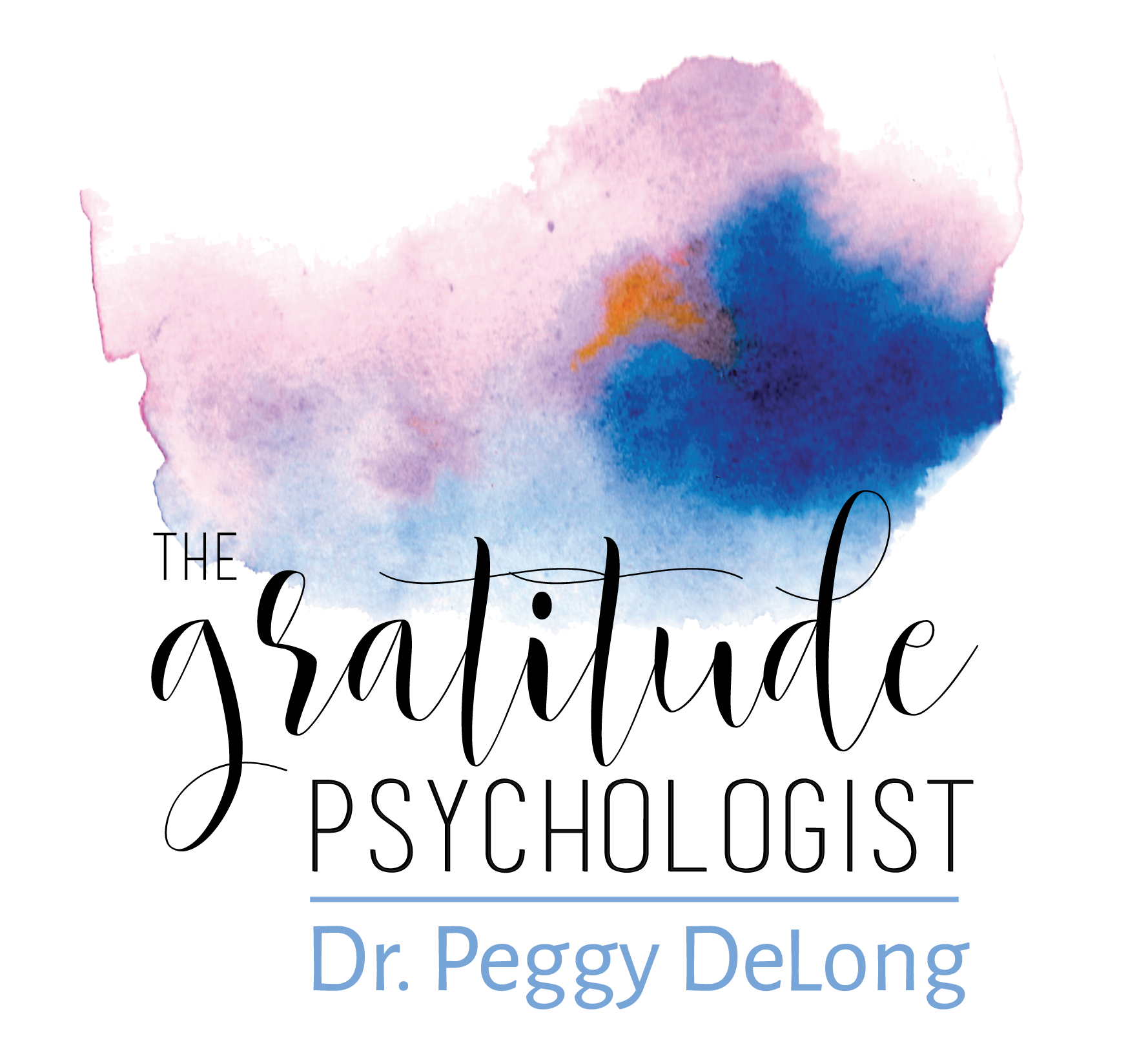Mental Health Goal Setting for 2025
When setting goals for 2025, don’t forget about your emotional and mental health! Make your mental health a priority and include wellness goals. Keep them simple.
Positive mental health doesn’t just happen! Happiness is so much more than just a “choice.”
Optimal mental health involves what I refer to as the 4 Ps.
Prioritize. Plan. Practice. Prosper.
Prioritize your mental health.
Plan health-promoting activities.
Practice them often.
Prosper, even during difficult times.
Here are eight simple ideas to achieve and maintain optimal mental health.
1. Less technology and social media
Studies demonstrate a direct connection between depression and the amount of time that people spend on social media. Keeping personal devices out of bedrooms improves sleep. If you’re not able to keep the phone out of your bedroom, keep it out of arm’s reach, and resist the temptation to go on your phone when you wake up in the morning. Going on your phone in the morning depletes the dopamine reserve in your brain, resulting in less access to joy during the day. Keep devices off of the dinner table, and put them away while conversing with others. This helps to have deeper conversation and connection with others.
2. Be still.
Sit in a comfy chair and just breathe for five or ten minutes. Clear your head of your thoughts, particularly negative thoughts and to-do lists. Bring your focus back to your breath. This may feel funny at first and take some practice, but stick with it. The benefits are less stress and anxiety, and less emotional reactivity. If you’d like to use an app for guided meditations or soothing sounds while you breathe, I like the app Insight Timer. And when you’ve mastered just breathing and clearing your mind of your thoughts, practice visualizing what you would like for your day, what you would like for your life. Then envision yourself already having it. If you would like some guidance and convincing regarding this powerful exercise for every day living, read “Into the Magic Shop” by James Doty. (For more on the topic, read Chapter 33 in FEELING Good – Be Still. Be Mindful).
3. Get outside, and better yet, with others!
Research demonstrates that walks in nature with others were associated with decreased symptoms of depression and anxiety, and an overall enhanced sense of well-being. If you live in the northern NJ area, contact me to join us for the Women’s Weekly Wellness Walks! (For more on the topic, read Chapter 2 in FEELING Good – Get Outside in Nature).
4. Express appreciation every day. This idea is exercise #3 in my signature keynote, The Grateful Day. You can express appreciation in your life through a Gratitude Journal. You can express appreciation for people in your life by simply telling others that you appreciate them, and what you appreciate about them. One study found that a simple way to improve a relationship was to express appreciation for that person. Also, writing gratitude letters not only makes someone else feel good, the research demonstrates that it is a powerful way to improve your mental health. (For more on the topic, read Chapter 27 in FEELING Good, Develop a Gratitude Mindset).
5. More family dinners. Studies demonstrate that people who regularly have dinner together have improved mental health and overall well-being. Teens also have improved grades and make better decisions regarding risky behavior. With busy schedules, this does not have to be every night! Simply aim for more.
6. More goofiness. Studies demonstrate the couples who are goofy and silly together experience more closeness and have wonderful shared memories to look back on together. Humor also helps to diffuse conflict in relationships, makes problems less daunting, and simply makes life more enjoyable. (For more on the topic, read Chapter 26 in FEELING Good, Be Goofy).
7. Connect with people. The research consistently demonstrates that the strongest predictor of happiness is our relationships. Any time you spend cultivating your relationships is time well spent. This includes all relationships – partners, friends, family, acquaintances, colleagues, and even strangers. Reach out to someone every day. Talk to strangers – there’s no such thing as “small talk.” Put an event with a friend on the calendar. (For more on the topic, read Chapter 8 in FEELING Good, Connect with People).
8. Don’t be afraid to seek professional support! Recent studies demonstrate that people are experiences more mental health concerns, more loneliness, and less life satisfaction than in previous years, particularly young adult women. Receiving professional support can make all the difference in the world in a overall sense of well-being. To meet this need in a way that’s more affordable than working with me in 1:1 therapy, I’ve developed a unique online 4-program to support young adult women (and their caring mothers) – Peaceful Present, Future Flourish. There are 3 different levels, with and without 1:1 coaching. (You may join at any time).
Positive mental health doesn’t just happen. Happiness is so much more than a choice.
Make your mental health a priority in 2025, plan for activities that make you feel good, practice them often, and you will prosper, even during difficult times.
Happy New Year!! Here’s to Feeling Good in 2025!
In Gratitude,
Dr. Peggy
PS – Many more research-backed methods toward positive mental health can be found in my book, Feeling Good: 35 Proven Ways to Happiness, Even During Tough Times. You may also be interested in the companion online course, Feeling Good with Dr. Peggy, – lessons, videos, downloadable worksheets, resources for every chapter to further support you 🙂

Leave a Reply